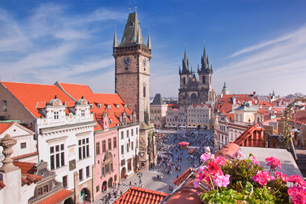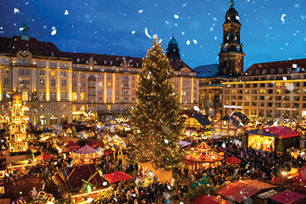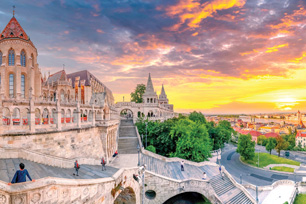Tours
As diverse a nation as you'll find in Europe, Hungary brings together low mountains, wide plains, humble villages and elegant cities. Home of Budapest, one of those legendary places everyone should visit, Hungary is also a cultural crossroad. Since before the days of the Romans and through its years as a communist country, this nation has been the entrance to the central and eastern parts of the continent.
Destination Must-See's
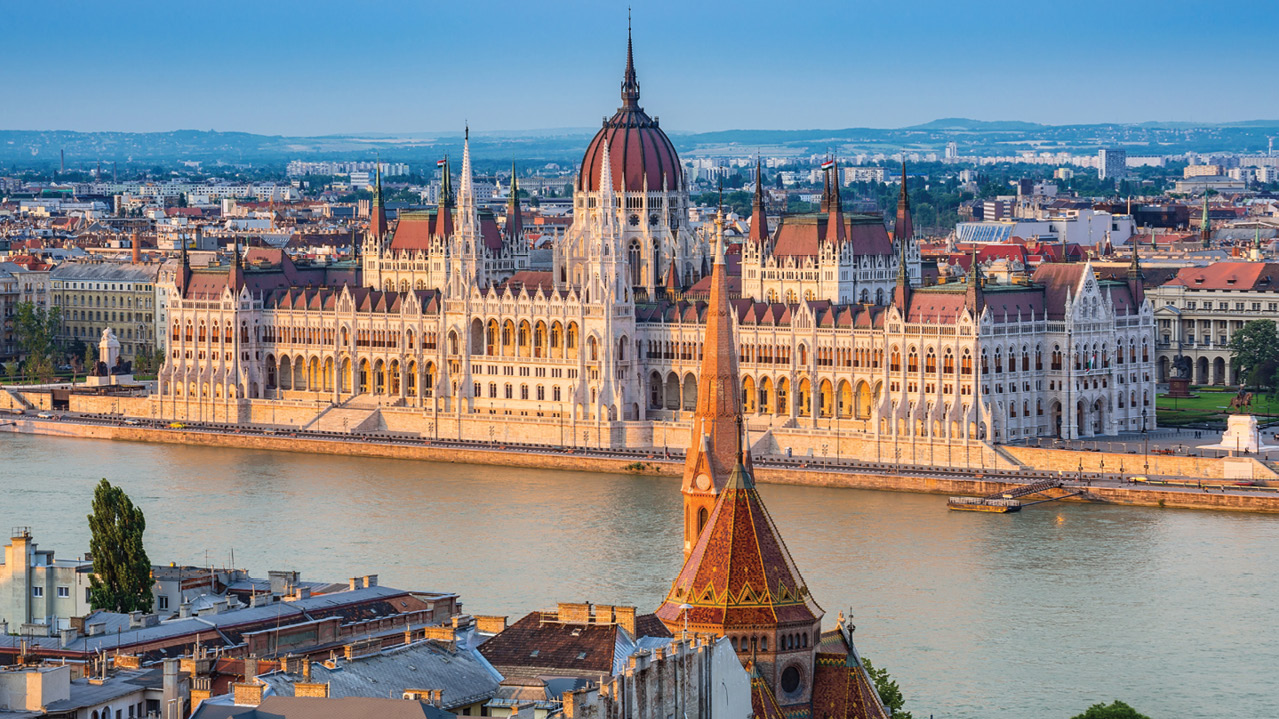
Budapest:
Explore Budapest, the "Queen of the Danube," truly one of the world's most beautiful cities that flanks the Danube River. This city on the Danube is actually two cities: Buda and Pest, divided by the river. In its history, it has been Celtic, Roman, invaded by Mongols and Turks, second capital of the Austro-Hungarian Empire and now the capital of Hungary, with about 1.8 million people. Its varied architecture from so many cultures helped make Budapest a UNESCO World Heritage site, and it is known for its coffee houses, traditional Hungarian restaurants and working Turkish baths from the 16th century.
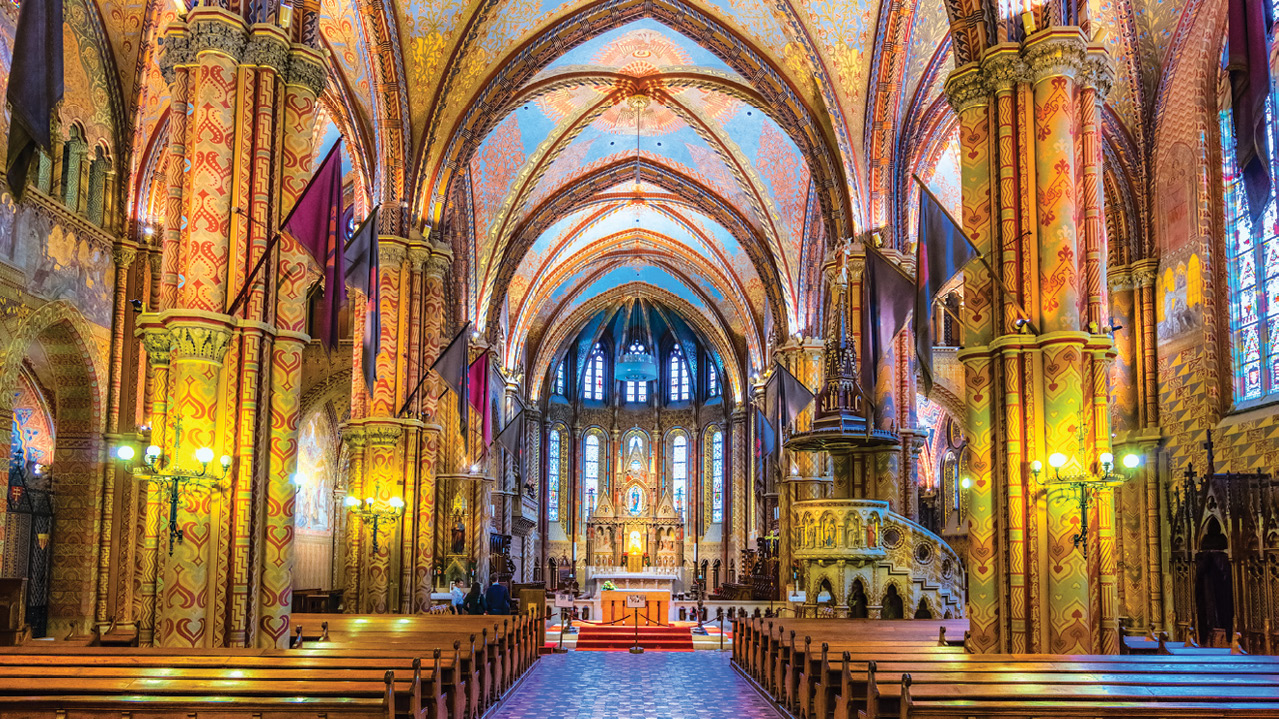
Matthias Church:
The original church was built in the early 11th century in the Buda section of Budapest near the Buda Castle. It was reconstructed in the 14th century in Gothic style and was named for King Matthias of Hungary. When the Ottoman Turks occupied Buda in the 16th century it became the main mosque of the city, and at that time many of the frescos inside were destroyed. Most were restored in the 19th century. It was used as a camp by Soviet and German soldiers during the Soviet occupation of Budapest in late WWII.
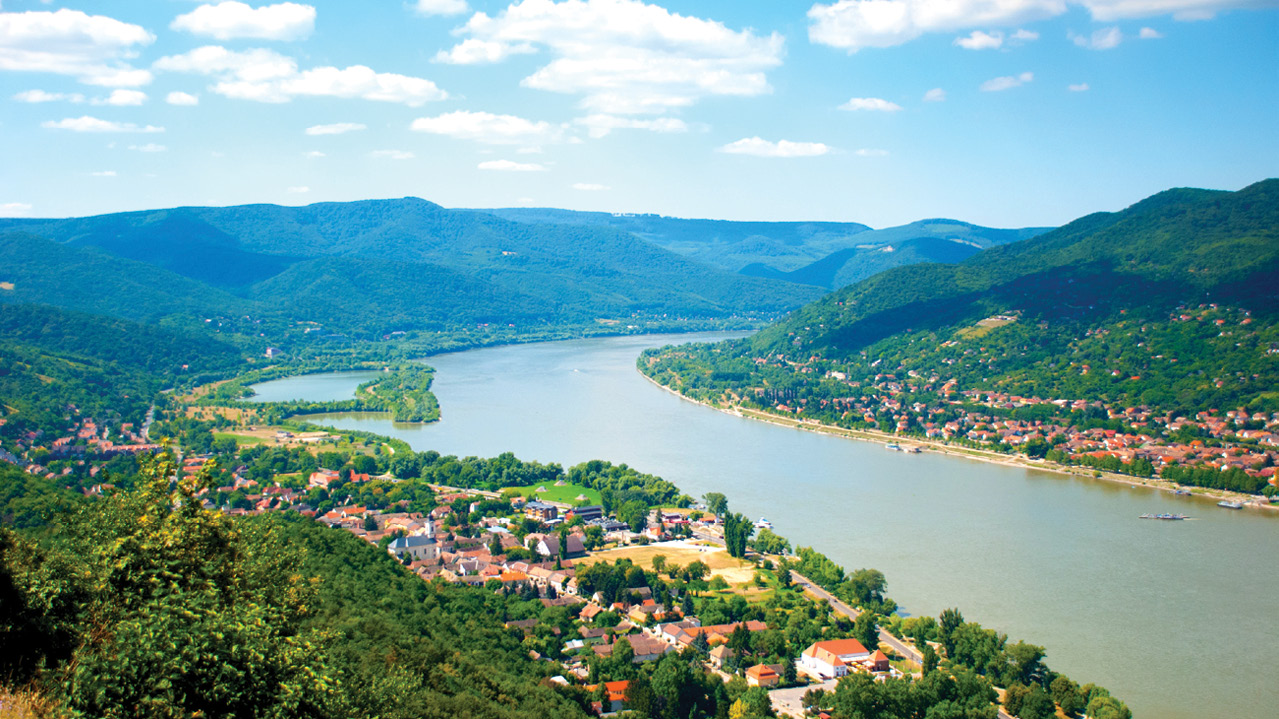
Danube:
A sensational day trip including a cruise along the mighty Danube through one of the most stunning geographical sections of the river, is the Wachau Valley. The Wachau is an Austrian valley with a picturesque landscape formed by the Danube River. The river is the longest river in the entire European Union. It runs through or forms a part of the border for 10 countries, originating in Germany’s Black Forest and ending in the Ukraine. Your destination is Melk Abby, perhaps the largest repository of books in all of Europe.
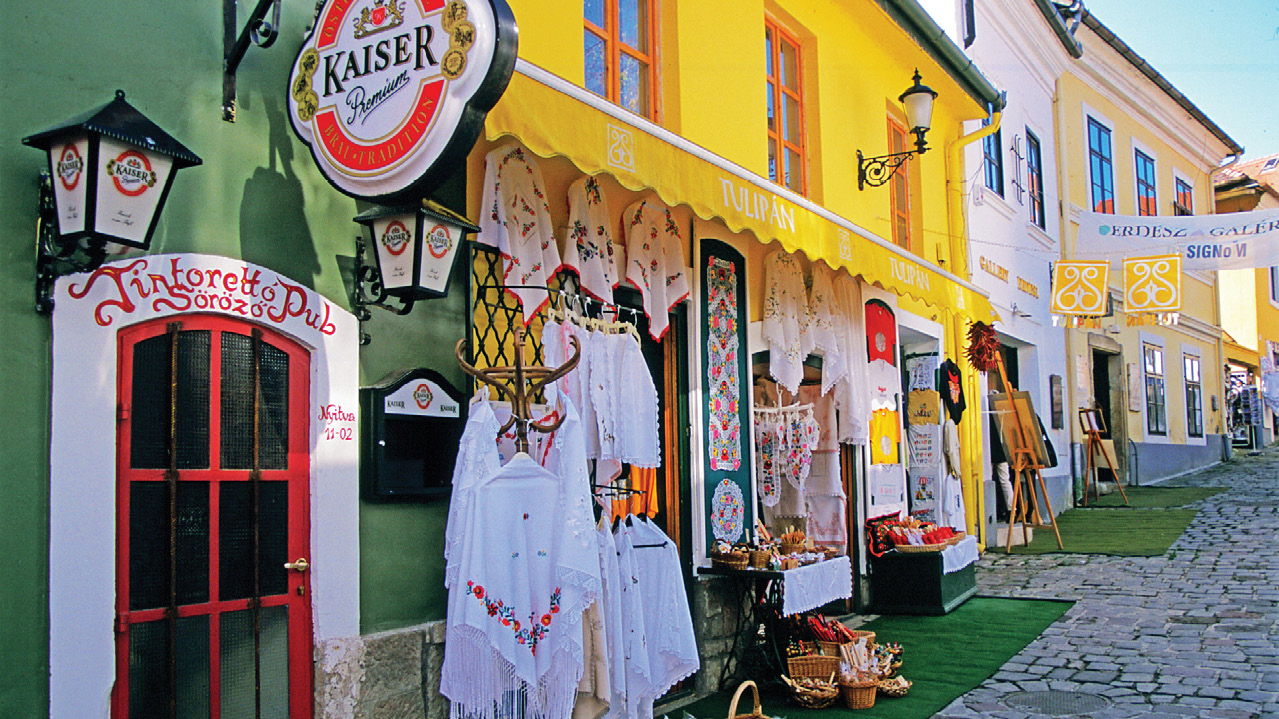
Szentendre:
This is a town just north of Budapest on the Danube, settled by Serbians fleeing the Ottomans. Its name means “St. Andrew.” The Hungarian Open-Air Museum is located here, and has examples of buildings from all over the country and all of its history. There is also the Marzipan Museum, which has artifacts from Hungarian history all made from almond-based marzipan.
Destination Must-Do's

Wine and Liquors:
Sample some of the unique flavours of the innovative wines being made in a region that has been making wine since ancient times. Also known for their fiery liquors, these are surprisingly made with plums and apples and taste delicious.
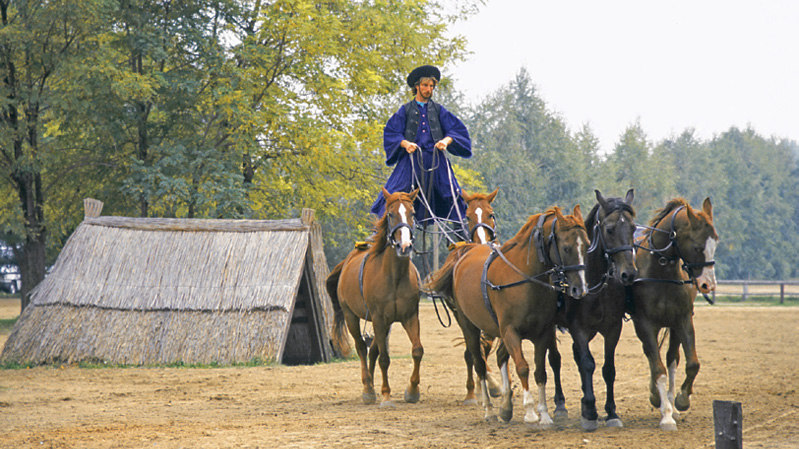
Horse Culture:
Come to know the stories of the ancient Hungarians that led to the country being regarded as “a nation of horsemen.” These horses excel as modern day sport, work, and pleasure horses. Once taken from Hungary during the war, they were returned back to their homes where Hungarian ancestors once arrived on horseback to the Carpathian Basin.
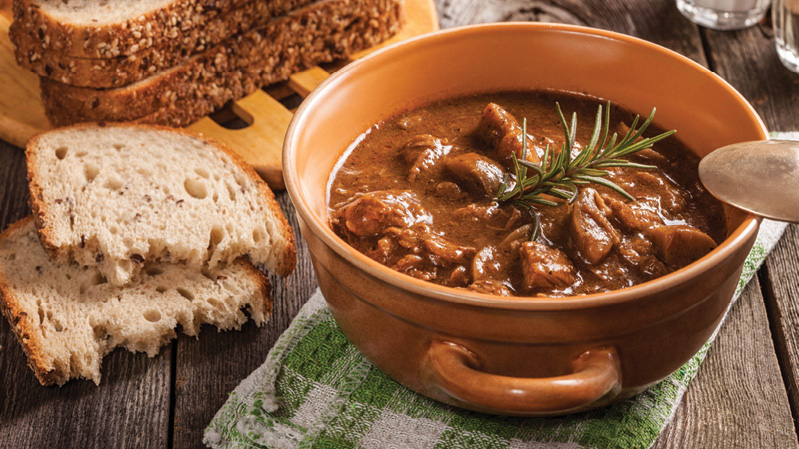
Food:
Savour the cuisine of Hungary including their iconic dish goulash that showcases the country’s national spice – paprika. This stew is comprised of meat, noodles and vegetables, particularly potato. It's quite delicious! Hungary also has delicious desserts similar to Czech, Vienna and Bratislava such as strudel pastries, pancakes, and cakes.

Fisherman’s Bastion:
This is a terrace overlooking the Danube on the Buda side of the river near the Buda Castle and Matthias Church. It was built in the early 20th century and honors the fisherman’s guild which defended the city walls in this part of Buda. The towers represent the 7 Magyar (Hungarian) tribes who settled here and there is a statue of King Stephen I of Hungary between the Bastion and Matthias Church.
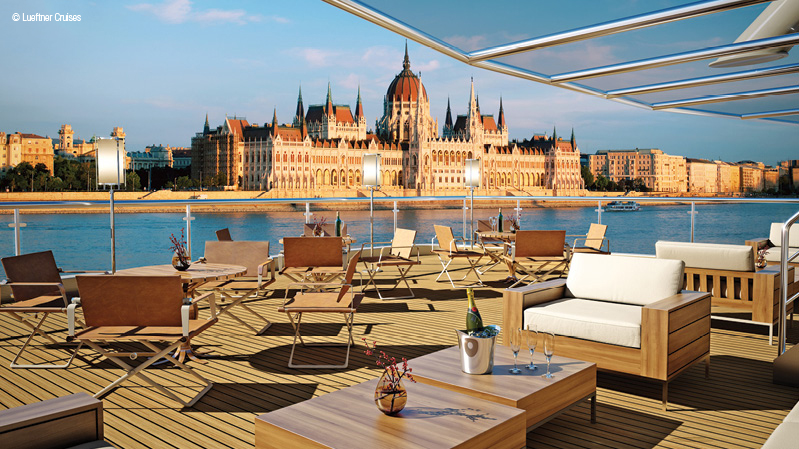
Bring a pair of binoculars for viewing sights from the ship's deck.
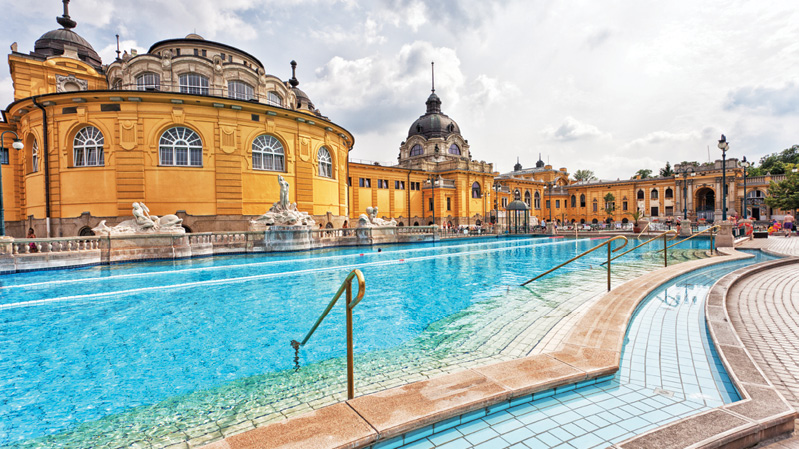
Stroll along the waterfront, visit the House of Terror museum (a history of the secret police of the Communist era), visit the Kiraly Turkish Baths, or the Hospital in the Rock on Castle Hill if time allows before boarding the cruise
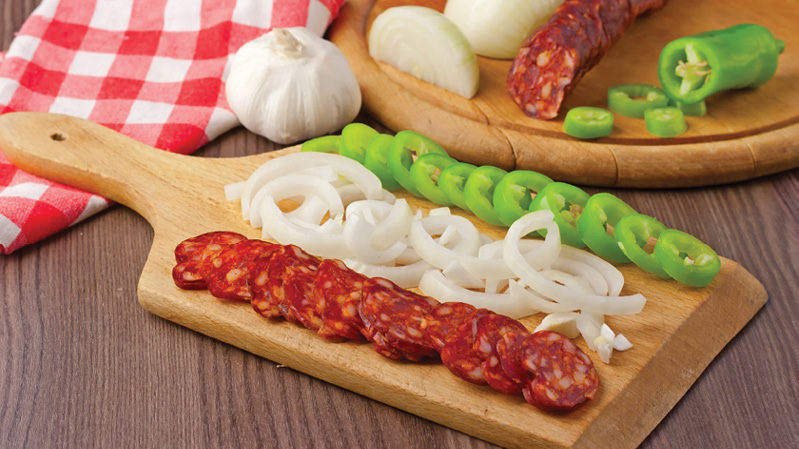
Taste traditional Hungarian dishes of meats paired with seasonal vegetables and seasonings.

